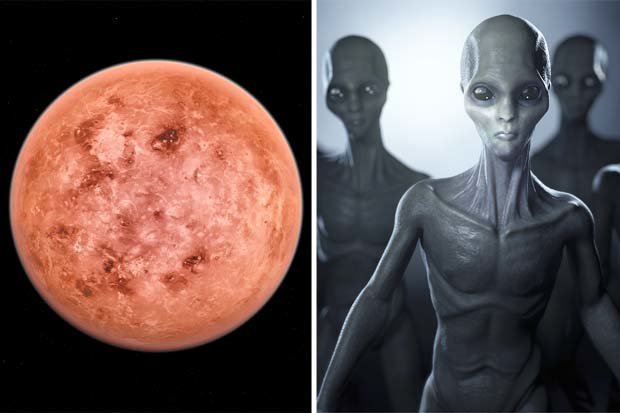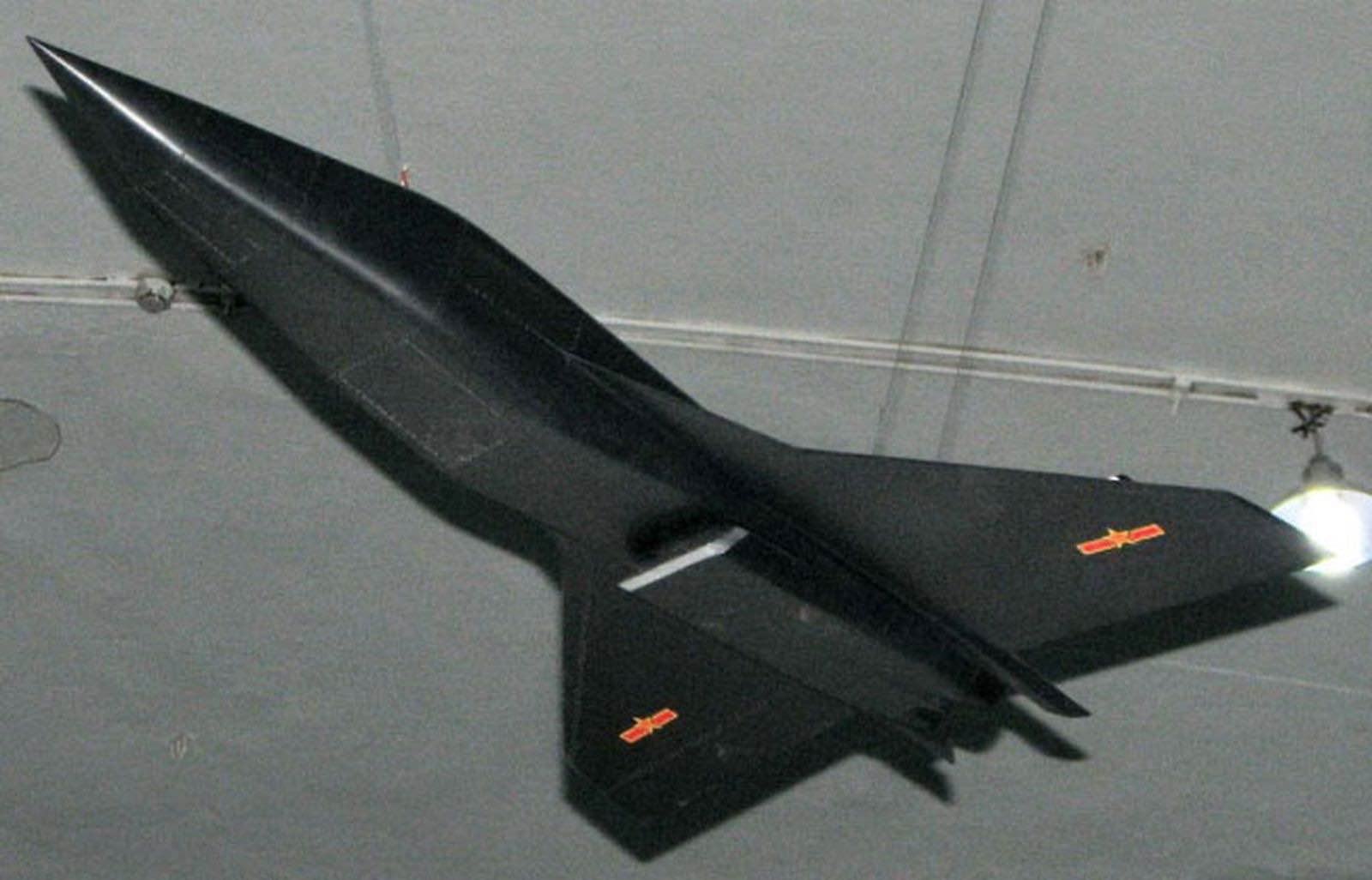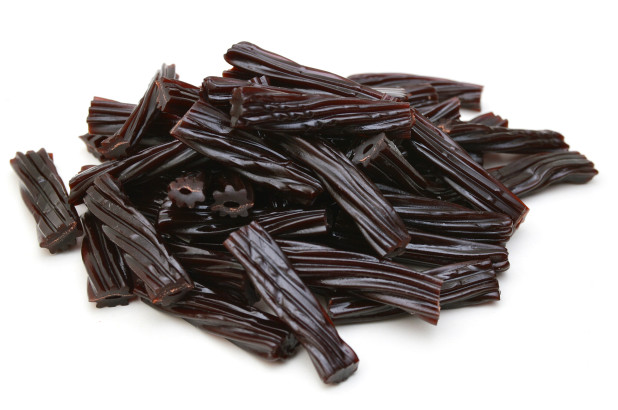
Alien beings could be living in the clouds of planet Venus, according to a new NASA-backed study by space scientists.
Researchers have said they’ve spotted dark patches in Venus’ clouds, which have been detected by space probes and appear to resemble the light-absorbing properties of the bacteria found on earth.
However, the alien life is likely to only be microbes.
“Venus shows some episodic dark, sulfuric rich patches, with contrasts up to 30-40 percent in the ultraviolet, and muted in longer wavelengths,” says study leader, Sanjay Limaye, who is from the University of Wisconsin-Madison’s Space Science and Engineering Center.
These patches persist for days, changing their shape and contrasts continuously and appear to be scale dependent.”
The research was published earlier this week in a peer-reviewed journal called Astrobiology, and suggests that the extra-terrestrial microbes could survive by being blown around by winds in Venus’ cooler clouds tops.
Professor Rakesh Mogul – paper co-author and biological chemist at California State Polytechnic University, Pomona -said: “On Earth, we know that life can thrive in very acidic conditions, can feed on carbon dioxide, and produce sulfuric acid.”
Co-author David J Smith, of Nasa’s Ames Research Center, has also said that similar bacteria and other organisms on Earth have been found alive at altitudes of 25 miles.
While Venus is of a similar size to Earth, it has an incredibly inhospitable surface – with a temperature that’s twice the maximum setting in a kitchen oven.
It also rains sulphuric acid, so, y’know’, not ideal.
“Venus has had plenty of time to evolve life on its own,” explains Limaye, noting that some models suggest Venus once had a habitable climate with liquid water on its surface for as long as 2 billion years. “That’s much longer than is believed to have occurred on Mars.”
In the paper, the authors explain: “Our comparative analyses support the blended hypotheses that terrestrial-type biology can survive within and contribute to the spectral signatures of Venus’ clouds.
“To test the ideas presented here, we propose the need for an integrated chemical, biochemical, and microbiological study focusing on the survival and spectroscopy of terrestrial microorganisms under Venus’ cloud conditions.”
The scientists have also said that further research is needed to investigate.
They add: “Looking forward, investigations into the actual habitability of Venus’ clouds would ideally benefit from a mixture of orbiter, lander, airplane/balloons, and sample return missions as proposed by Schulze-Makuch and Irwin (2002) and Grinspoon (1997).”














mars has humanlike inhabitants.millions of people managed to get photos of them on cameras before nasa quickly removed the fly into panoramas. people wont put them on the web because nasa & google remove &confiscate them.people keep them off their computers as many were confiscated & the panoramas were immediately edited. try to get a copy of the original google mars fly into panoramas,and ask people to tell you where to look.
If only any of that was even the slightest bit pointing to an element of truth.